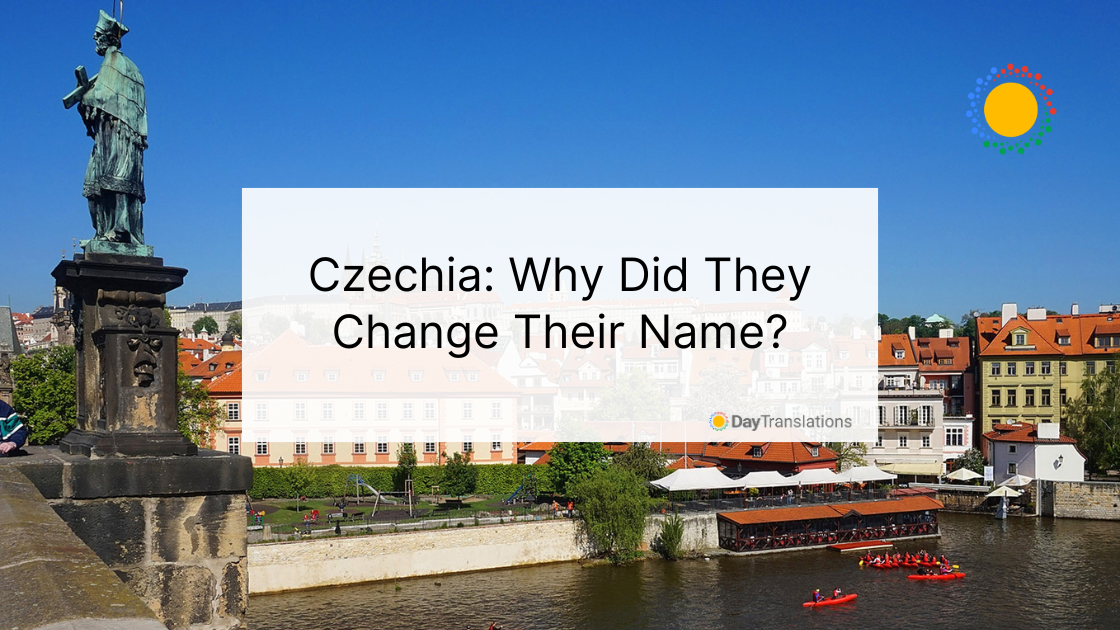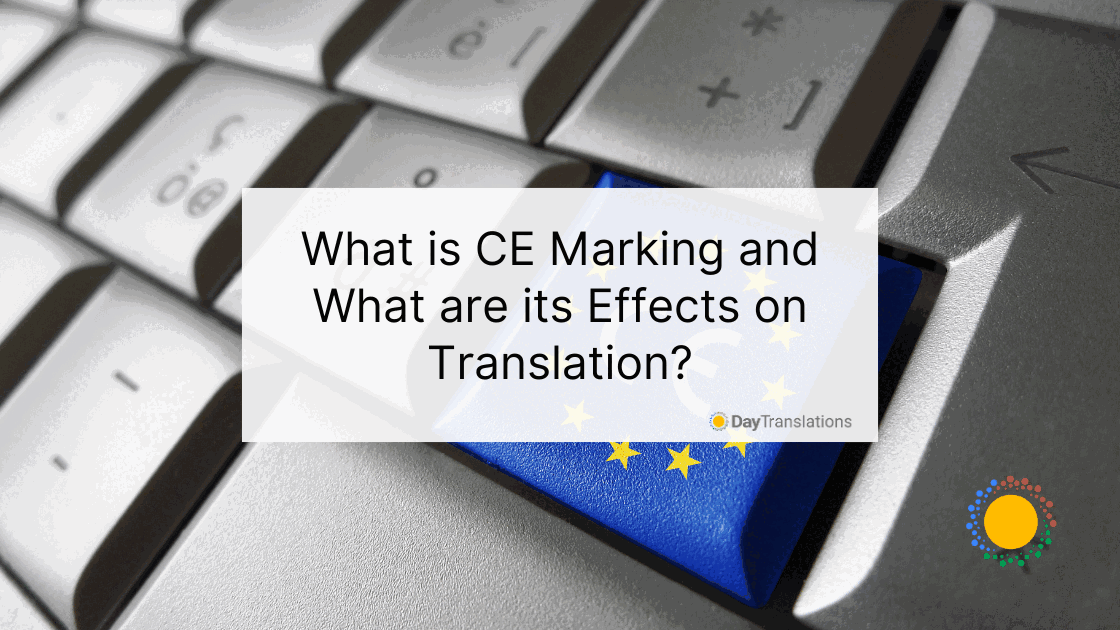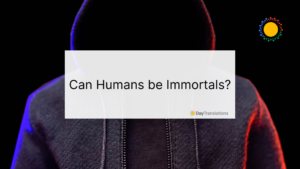Once there was Czechoslovakia, a Central European sovereign state that was formed in 1918. It belonged to the Soviet bloc from 1948 to 1945. It successfully removed the communist government during their Velvet Revolution in 1989. In the beginning of January 1993, Czechoslovakia divided into two states – Slovakia and The Czech Republic. People must not forget that the full name of the country includes a definite article “The” just like in the Netherlands and the Gambia.
The Czech Republic is a landlocked state bordered by Slovakia, Poland, Germany and Austria. It is home to 10.6 million spread across 30,450 square miles or 78,866 square kilometers. It is a member of the Council of Europe, the Organization for Security and Cooperation in Europe (OSCE), the United Nations, NATO and the European Union. Prague is its capital and most famous city, which is also the largest in the country.
Origin of the name
The Czech Republic’s traditional name was Bohemia that came from ”Boiohaemum,” which is a Latin word. “Home of the Boii” is its English translation. Czech, which is the current name and also the term used for its people, came from the word Czechian, the name of the place. The name of the place originated from the name of the Slavic tribe, Čechové or Češi and the tribe’s leader, Čech.
Čech originated from the Proto-Slavic root *čel- that translates to kinsman or member of the people, which makes it related to the word, člověk that means ”a person.”
The Czech Republic is traditionally split into Bohemia or Čechy, Czech Silesia or Slezsko and Moravia or Morava. It became popularly known from the14th century as the Land of the Bohemian Crown. It was used to being called by different terms, such as Bohemian Crown, Czech/Bohemian lands, the Crown of Saint Wenceslas lands and Czechia.
Changing into a shorter name
The Czech government officials wanted to have a shorter English name for their country after it became independent and separated from Slovakia. They wanted something that resembles France, which is the shorter version of the official name, the French Republic. In 1993, the Ministry of Foreign Affairs of the country suggested the name ”Czechia.” The government approved the use of the name in 2016.
They believed that it is a more commercial-sounding name that the international community would find easier to remember.
The government also thought about its commercial and international marketing application. They believe that it would be easier for the Czech Republic’s companies and sports teams to brand themselves for the international market.
The Foreign Ministry said that many foreigners mangle the name of their country in their attempt to shorten it to just one word. Due to the length of the country’s name, their sporting teams often drop the article ”the” from the name and just use Czech Republic, while their most famous export, Pilsner Urquell, uses ”brewed in Plzeň – Czech” in its label.
The officials also argued that Czech is an adjective and they wanted a noun for the short name of their country.
Czechia
Many countries around the world have names with a long form and short form version. For example, China is the short form of the People’s Republic of China, while America is short for the United States of America.
The term Czechia is not a new term in reality. Although this short form was only registered on July 5, 2016, the name Czechia was used as far back as the 17th century. They registered it at the United Nations for approval.
The Czech Republic has battled with international recognition for a long time. While they were under the Kingdom of Bohemia (Lands of the Czech Crown) and before the birth of Czechoslovakia, the region was more known as a land under Bohemia and Moravia.
A person is called “Bohemian” to signify citizenship, whether they speak German, Czech, or another language, as long as they are citizens living in the Lands of the Czech Crown territories.
However, when a person is identified as “Czech” this is because the person is a speaker of the Czech language. It does not denote citizenship. It was only during the 19th century that more people wanted to be recognized as Czech instead of Bohemian.
The change of the name (the shorter form) is more for the international community, many of which still refer to the country as Czechoslovakia.
Confusion
When the proposal to change the name to Czechia (the official name of The Czech Republic is retained for official purposes), many people thought that it would not take hold; that it would be an end game. For one thing, there is a country named Chechnya, which sounds similar to Czechia. Its official name is The Chechen Republic and it is a Russian federal subject. It is situated in the North Caucasus in Eastern Europe.
In 2013 when the Boston marathon bombing occurred, many people in the United States, including an agent of the CIA, made the mistake of mixing up the two countries – Chechnya and the Czech Republic. It prompted the Czech Embassy located in Washington to issue a disclaimer that their country is not located in Central Asia and that the attacker was not from the Czech Republic.
The change of the name also proved costly for the country. For four years, its foreign ministry spent about US$42 million or one billion Czech crowns already for advertising and marketing the country – The Czech Republic – to international tourists. Some of the money they used for the marketing efforts was donated by the European Union. The change into the short name form might jeopardize the initial marketing program.
Before its formal adoption, even the Czechs did not care much about having a short name form for their country because they called it Česko after all. It’s funny, since the Finns also do not call their country Finland. Instead they call it Soumi. The Albanians call their country by the name Shqipëria.
Indeed, it always takes years for people to use the new name for a country. For example, many people still use Burma when referring to Myanmar. Older people prefer to call Beijing as Peking while there are still people who are more comfortable using Leningrad instead of St. Petersburg.
However, the world is slowly adapting to the name Czechia. Social media platforms such as Facebook, Twitter, Instagram and Pinterest use the name. System settings and maps in Apple iOS and Google Maps use Czechia as well. The U.S. State Department and the CIA World Fact Book also refer to the Czech Republic as Czechia. If you search Google for the word “Czechia” today, you’ll get 16.1 million results.
Languages spoken
The Czech Republic’s official language is Czech and about 96% of its residents speak the language. In Czechia, about 10.4 million use it as their first language and overall, total speakers reach about 10.5 million in Czechia alone. In all countries, total speakers number 13.4 million. Some residents also speak Romany, Polish, German and Slovak.
The Czech and Slovak dialects are mutually intelligible. Likewise, Polish and Czech are intelligible. Czech is a West Slavic language that is also called Bohemian.
Speakers of Czech can be found in Austria, Poland, Slovakia, western Romania, Croatia, Ukraine and Germany. Outside Europe, Czech is spoken in the United States where large communities are found in Cleveland, Chicago and New York, as well as in Nebraska, Minnesota, Wisconsin and Texas. Czech immigrants are also found in Canada and Australia.
Here are a few basic phrases:
- Ahoj (Hello)
- Dobrý den (Good day)
- Na shledanou (Good bye)
- Děkuji (Thanks)
- Není za co (Not at all)
Interesting things about the Czech language
- The Czech language is not very common, but it gave the world a very common word – “robot.” It was created by Josef Čapek, the brother of Czech novelist Karel Čapek and was first mentioned in his book, “R. U. R.”
- According to the U.S. Defense Language Institute scientists, one of the most complicated languages in the world is the Czech language.
- The “ř” sound in the Czech language is called “raised alveolar non-sonorant trill.” This sound is unique to the language and is very difficult to master.
- Many words do not contain vowels such as krk (neck), čtvrt (neck) and prst (finger).
- The Czech language is characterized by diacritics, such as carons (small hooks) and acute accents over the letters. The symbols help in spelling and pronunciation.
Here’s a sample of how spoken Czech sounds like:
Day Translations offer accurate translation from Czech to about 100 foreign languages. Give us a call at 1-800-969-6853 or send us an email at contact@daytranslations.com for an instant quote. You can reach us any time of the day wherever you are as we are open 24/7. Learn more about Day Translations and our language services right here.














Sorry, the comment form is closed at this time.